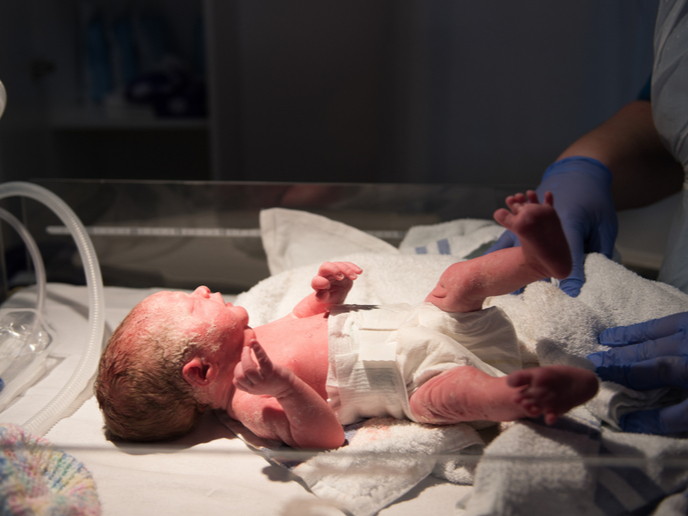Reducing the risk of preterm birth with a simple cervical test
The World Health Organization estimates 15 million babies suffer the health consequences of being born before 37 completed weeks of gestation, annually. Lung and brain damage, blindness and mortality can be the result. Traditionally, clinicians have used a manual palpation to characterise cervical stiffness for different purposes, including predicting whether induction of labour will be needed. But the EU-funded CervixCare project has supported the development of a device that can be used simply and effectively, during a normal check-up. “Our device provides doctors with a tool to measure cervical stiffness better, objectively and with less variability. We envision the device as a screening tool, to identify risky pregnancies, and possibly to predict outcomes like preterm birth. “The data could also help doctors decide whether to offer a caesarean or induce labour,” explains Michael Fernandez, technical product manager at Pregnolia(opens in new window), the Swiss company behind the device. The project scientifically and technologically characterised the gynaecological device by measuring its functions and gathering clinical evidence to confirm its efficacy. As part of the CervixCare project, the team used laboratory testing to show their latest version of the device provides consistent results. It is now being trialled at Kantonsspital Frauenfeld(opens in new window) (website in German) in Switzerland, involving 10 women. “We are in the process of confirming the accuracy of the measurements it takes, in vivo,” says Fernandez.
An effective way of identifying at-risk pregnancies
The device works by doing a safe, and simple test on the cervix itself, by creating a small vacuum inside the probe tip which gently pulls on the tissue. The cervical stiffness index (CSI) is established through the use of a single-use, sterile probe and a control unit. The probe is placed in contact with the anterior lip of the cervix with the help of a speculum. The measurement is started by operating the foot switch, creating a small vacuum inside the probe tip which gently pulls on the tissue. The softer the tissue, the weaker the vacuum required to deform the cervical tissue by 4 mm. Within a few seconds the measurement is complete, and the control unit displays the CSI as a negative pressure value (pcl in mbar). “We use precision pressure sensors and a special algorithm to calculate the pressure value,” he adds.
Working towards Medical Device Regulation approval
The data currently being collected from the Kantonsspital Frauenfeld pilot is demonstrating how well the device performs when taking multiple measurements over time. The system is also being studied as a diagnostic tool at several international sites(opens in new window). “Because our device is designed to improve the standard of clinical care, it appeals to many doctors who want to be equipped with the most information for the best outcomes for their patients,” Fernandez notes. “We already have approval to sell the device as a measurement tool and are looking forward to expanding our reach through Medical Device Regulation(opens in new window) (MDR) approval and proving the diagnostic value of the device with the clinical trial results which will be published in the near future.”
Horizon 2020 funding a game changer
Part of the project’s funding was used to overcome the barriers a little-known SME faces when recruiting the technical expertise needed to peruse validation and certification processes, such as tight budgets for recruitment and low visibility. Fernandez is finding the task very rewarding. “It has been a truly exciting journey to work on a device that can help so many people. I’ve not only designed experiments to measure the device’s performance, but helped to architect clinical studies too, meanwhile helping to ready the product for approval under the MDR. “I have always been interested in working at the interface between technology and biology, and through this project I have the invaluable feeling of making a difference in the lives of families. That’s what motivates my work and my colleagues’ as well!”







